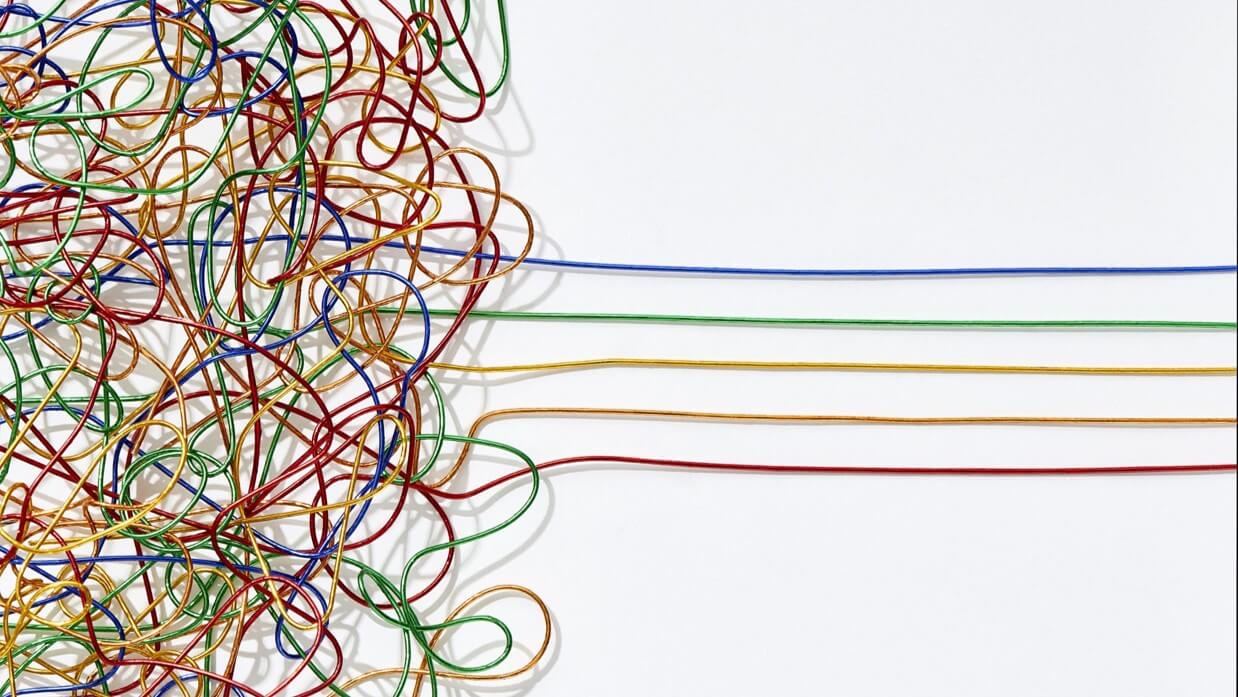Team formation algorithms
How to form teams that perform efficiently, are sustainable, and ensure their members' well-being?
In the heart of efficient team formation, lies an optimization problem: who should be paired with whom? And, who should work on which part of the team project? To address this, we design algorithms and methods that bring together more harmonious and performant teams, by harnessing key behavioral and social characteristics of the candidate teammates (like personality, group dynamics, or interpersonal preferences), as well as teammate skills, availability and project preference.
In the heart of efficient team formation, lies an optimization problem: who should be paired with whom? And, who should work on which part of the team project? To address this, we design algorithms and methods that bring together more harmonious and performant teams, by harnessing key behavioral and social characteristics of the candidate teammates (like personality, group dynamics, or interpersonal preferences), as well as teammate skills, availability and project preference.
|
|
Online Sequencing of Non-Decomposable Macrotasks in Expert Crowdsourcing
ACM Transactions on Social Computing Optimizing Team Formation in Educational Settings AAAI Conference on Human Computation and Crowdsourcing-WiP Team Dating Leads to Better Online Ad Hoc Collaborations ACM Conference on Computer Supported Cooperative Work Personality Matters: Balancing for Personality Types Leads to Better Outcomes for Crowd Teams ACM Conference on Computer Supported Cooperative Work Task assignment optimization in knowledge-intensive crowdsourcing VLDB journal |
Human agency over AI decision-making
How to design algorithms that give users control while maintaining teamwork quality?
Giving users autonomy over team formation decisions improves team performance, especially on creative and open-ended tasks. It also permits teams to adapt their work strategy to the task, increases intrinsic motivation and gives personal meaning to work. We actively explore integrating human agency into our team formation AI, designing novel user-centered and bottom-up or hybrid solutions.
Giving users autonomy over team formation decisions improves team performance, especially on creative and open-ended tasks. It also permits teams to adapt their work strategy to the task, increases intrinsic motivation and gives personal meaning to work. We actively explore integrating human agency into our team formation AI, designing novel user-centered and bottom-up or hybrid solutions.
|
|
Self-Organization in Online Collaborative Work Settings
SAGE/ACM Collective Intelligence 2022 Crowdsourcing Team Formation with Worker-Centered Modeling Frontiers in AI, 2022 |
Novel forms of collaboration
What is the next generation of collaborative systems?
Emerging paradigms like platform work and crowdsourcing give room to new forms of collaboration. We study how people use these new paradigms to connect, upskill, reskill, and leverage their collective potential.
Emerging paradigms like platform work and crowdsourcing give room to new forms of collaboration. We study how people use these new paradigms to connect, upskill, reskill, and leverage their collective potential.
Collaborative innovation
How can technology strengthen the innovation capacity of teams and help them think better outside the box?
The majority of the tasks our algorithms are designed to optimize are creative, ill-structured, and open-ended.
The majority of the tasks our algorithms are designed to optimize are creative, ill-structured, and open-ended.
|
|
Modular Crowd Workflows for Open Innovation.
Managing Digital Open Innovation, 2020 When Crowds Give You Lemons: Filtering Innovative Ideas using a Diverse-Bag-of-Lemons Strategy, CSCW 2018 Innovation Labs: 10 Defining Features Stanford Social Innovation Review (Open access) Innovation Labs: Leveraging Openness for Radical Innovation? SSRN (Open Access) |
Human-AI collaboration
What can mixed human-AI teams produce? What roles can AI play in empowering human teams and augmenting their collaborative capabilities?
|
Crowd-AI Teams for Engineering Product Design
Project funded by the MIT-Netherlands Lockheed Martin Seed Fund In collaboration with the MIT Decode lab and UCSD Protolab, in this project we work on developing novel Human-AI collaborative methods for product design, using an approach that combines deep generative machine learning with human-centered design. n |

